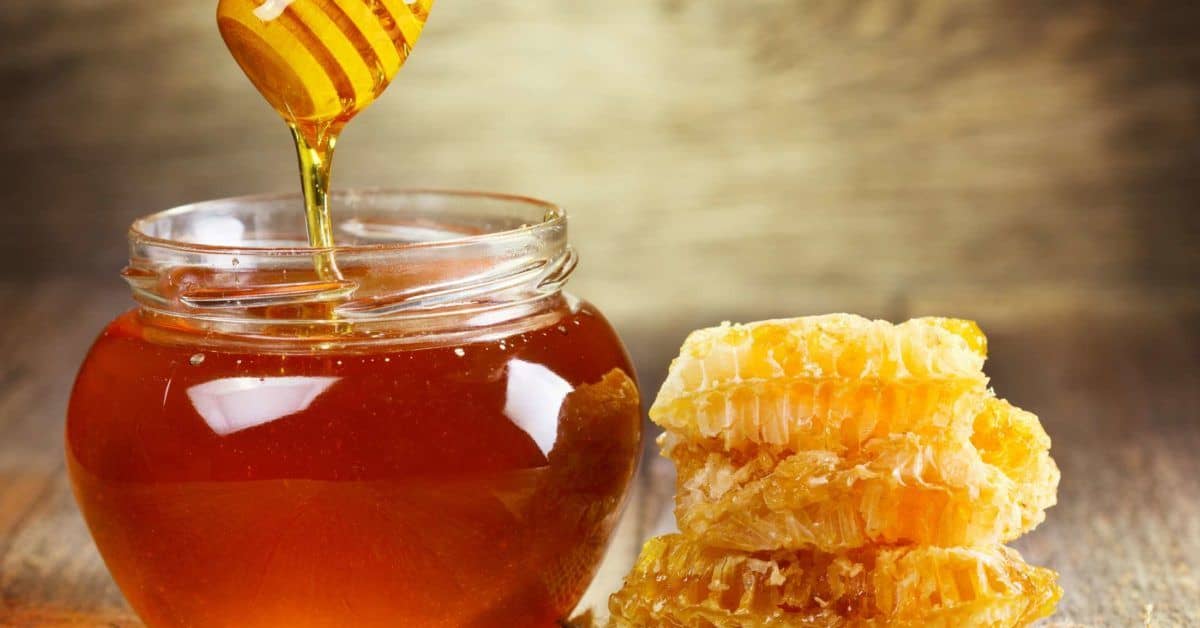
8 home remedies and natural treatments for bee stings – Medical News Today
We include products we think are useful for our readers. If you buy through links on this page, we may earn a small commission. Here’s our process.
Medical News Today only shows you brands and products that we stand behind.
A bee sting can result in a swollen, painful bump. There are home remedies that may help reduce swelling and ease pain.
The pain and swelling around the site of a sting will usually go away in a few days without treatment. In the meantime, home remedies can reduce discomfort and speed the healing process.
However, if a person has an allergic reaction to a bee sting, they will need immediate medical attention. If the swelling spreads outward from the area of the sting, or if it occurs in other parts of the body, this indicates an allergic reaction.
In this article, we describe home remedies that can soothe bee stings. We also cover when to see a doctor.
Before using any remedies, inspect the sting site.
If the bee’s stinger is still in the skin,
Honey bees can only sting once, because they leave their stingers behind them. Removing the stinger and its venom sac from the skin will prevent further irritation.
Below, we describe home remedies that relieve swelling and pain caused by bee stings and explore related research:
Immediately after a bee sting, wash the area thoroughly to remove any remaining bee venom.
Then, apply ice to reduce pain and swelling:
Always use a cloth to protect the skin from the ice. Ice can damage the skin if it touches it directly.
A number of essential oils have antiseptic, antibacterial, or antifungal properties.
Though essential oils have long been used in home remedies, there is little high-quality evidence to suggest that any can relieve the pain or swelling of a bee sting.
The following oils are often used in home remedies:
Before applying essential oil to the skin, mix it with a neutral carrier oil, such as olive oil. Typically, the mixture is about one drop of essential oil for every four or five drops of the carrier oil.
It is important to note that essential oils can cause allergic reactions.
Aloe vera is a plant-based gel that naturally soothes and moisturizes the skin. According to a
Spreading a little gel onto the bee sting can reduce swelling and help prevent the site from becoming infected.
Aloe vera gel is available to buy in many drug stores and online.
People often use calamine lotion to relieve itchy skin, and it may also help reduce pain and itching caused by a sting from a bee or wasp.
If the site of the sting becomes itchy, try rubbing on a little calamine lotion. It is available for purchase in health stores or online.
Honey has many
The natural antibacterial agents in honey may also help prevent infection and speed healing. For these reasons, some medical professionals use honey extracts in wound dressings.
Try spreading a small amount of honey onto the sting. Do this indoors, so the smell of the honey does not attract more bees.
Some people believe that baking soda neutralizes bee venom. However, no high-quality research suggests that baking soda can help relieve discomfort from a bee sting.
Baking soda can also damage the skin because it is very alkaline, so medical professionals tend not to recommend this remedy.
Some people claim that apple cider vinegar can help reduce the swelling of a bee sting.
However, clinical research has yet to show that apple cider vinegar has many of its purported health benefits.
Also, as an acidic substance, it can harm the skin if used incorrectly.
One unconventional home remedy involves spreading alkaline toothpaste on the site of the sting to neutralize the venom.
There is no clinical research to support this use of toothpaste.
To try it, spread a small amount of toothpaste onto the sting site, but proceed with caution. The skin may react to the toothpaste, especially if it is left on for longer periods.
At any sign of a reaction, rinse off the toothpaste right away.
People can usually manage their bee sting symptoms using over-the-counter creams and oral medications, including:
If a person has an extreme allergic reaction, they may need an epinephrine injection.
Epinephrine is a chemical that narrows blood vessels and opens airways in the lungs. This signals the body to pump more blood and relax the muscles to regulate breathing and blood pressure.
The injection is best known by the brand name EpiPen.
If a person has an allergic reaction to a bee sting, they may develop anaphylaxis.
Anaphylaxis is a life-threatening reaction that requires medical attention.
A person who has any of the following symptoms after a bee sting should receive emergency medical attention:
A person may also require medical attention if they have been stung multiple times.
Honey bees are the only stinging insects that leave their stingers behind. Others stinging insects, such as yellow jackets, wasps, and hornets, can sting multiple times. Each sting contains venom.
Most people do not have severe reactions to single bee stings.
Ice, other home remedies, and over-the-counter medications are usually able to relieve discomfort. Some alternative home remedies include honey, aloe vera, and calamine lotion.
Still, it is important to be able to identify signs of a severe allergic reaction. If hives, lightheadedness, or trouble breathing follow a bee sting, a person should receive emergency medical care.
Last medically reviewed on August 29, 2018
Share this article
OUR BRANDS
